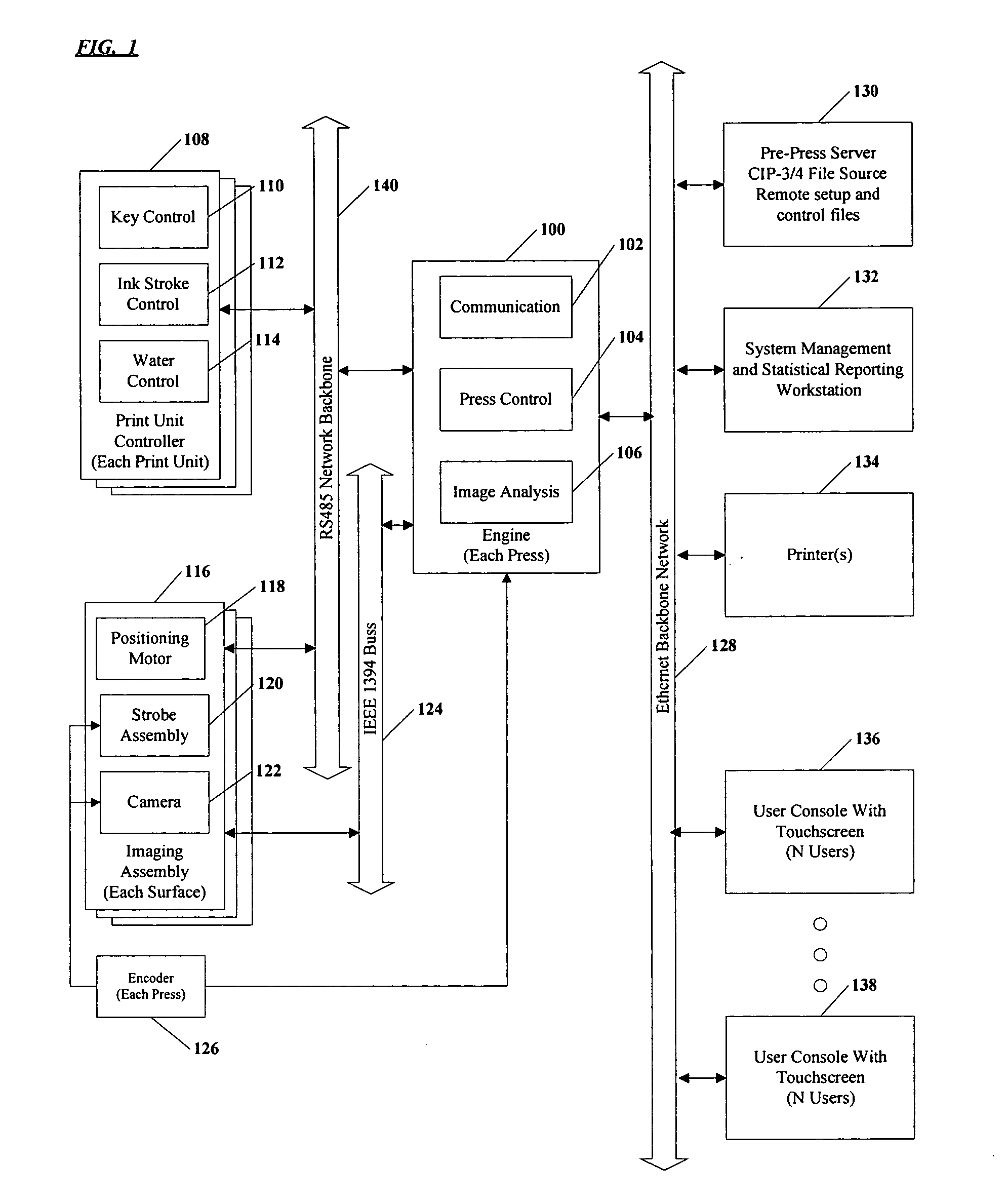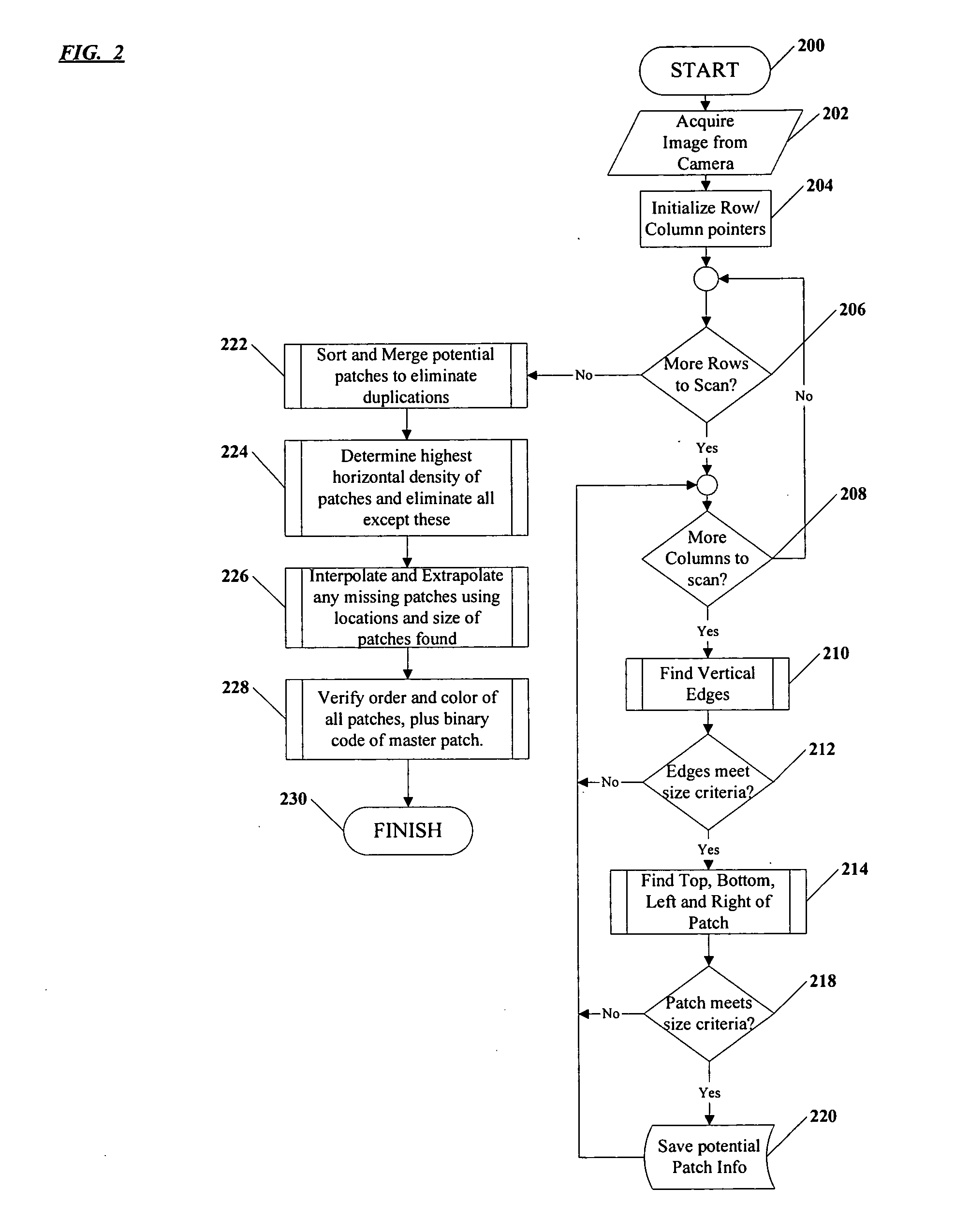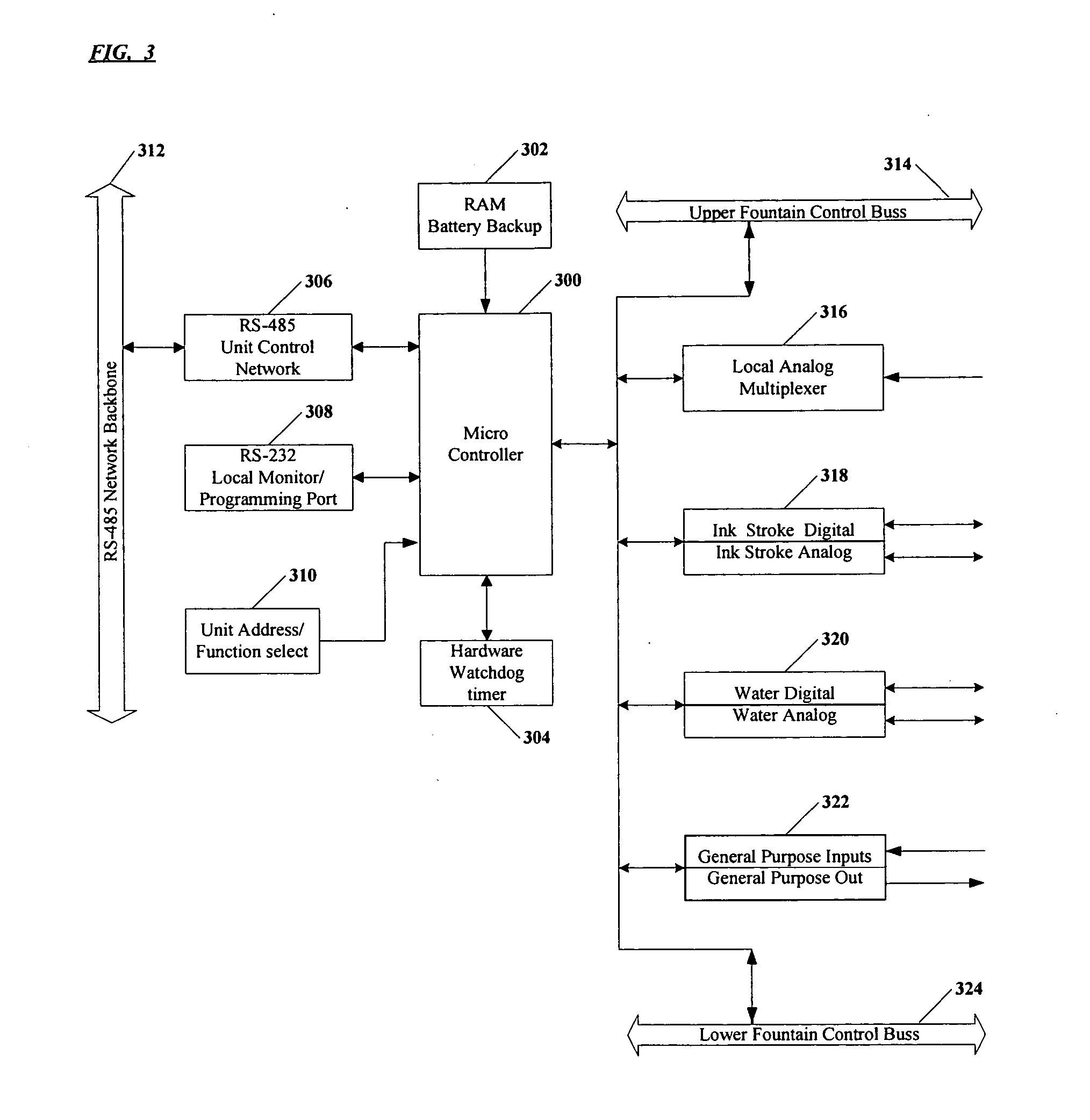Barless closed loop color control
a closed loop, color control technology, applied in the direction of digitally marking record carriers, instruments, printing press parts, etc., can solve the problems of labor intensive, slow manual control methods, and inferior color quality of multi-colored images,
- Summary
- Abstract
- Description
- Claims
- Application Information
AI Technical Summary
Benefits of technology
Problems solved by technology
Method used
Image
Examples
Embodiment Construction
[0099] The invention provides a system and processes for measuring and controlling the color values of one or more colored images or colored image portions during operation of a printing press, such as sheet fed and web presses, and offset and other printing processes. The images comprise one or more colors and are printed on a moving, planar substrate in a plurality of ink zones that extend across a width of the substrate. An imaging assembly selects and acquires images of a moving substrate, determines a relationship between actual and target color values, and automatically makes any necessary ink quantity adjustments.
[0100] A typical rotary printing process utilizes printing cylinders having printing plates attached thereto. Conventionally, a positive or negative image is put onto a printing plate using standard photomechanical, photochemical or laser engraving processes. Ink is then applied to the plate's image area and transferred to the substrate. A single printing plate is g...
PUM
 Login to View More
Login to View More Abstract
Description
Claims
Application Information
 Login to View More
Login to View More - R&D
- Intellectual Property
- Life Sciences
- Materials
- Tech Scout
- Unparalleled Data Quality
- Higher Quality Content
- 60% Fewer Hallucinations
Browse by: Latest US Patents, China's latest patents, Technical Efficacy Thesaurus, Application Domain, Technology Topic, Popular Technical Reports.
© 2025 PatSnap. All rights reserved.Legal|Privacy policy|Modern Slavery Act Transparency Statement|Sitemap|About US| Contact US: help@patsnap.com



